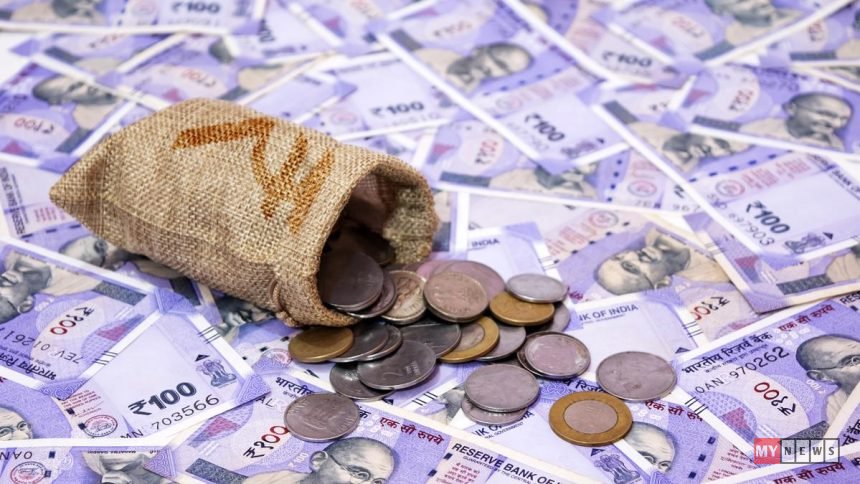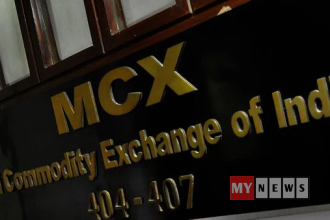The Indian rupee staged a modest recovery in early trade on Thursday, September 25, 2025, climbing 15 paise from its all-time low to trade at 88.60 against the U.S. dollar. The rebound tracked weakness in the American currency overseas, though multiple global and domestic factors continue to weigh on the rupee.
At the interbank foreign exchange market, the rupee opened at 88.65 and briefly touched 88.60, up from Wednesday’s record closing low of 88.75 per dollar. Forex traders, however, caution that pressure on the currency remains elevated.
Factors Driving Pressure
The rupee’s weakness this week has been linked to a combination of:
- H-1B visa fee hikes in the United States, which are expected to hurt India’s IT services exports.
- Fresh U.S. tariffs under Donald Trump’s administration, fueling renewed trade tensions.
- Persistent foreign portfolio outflows, with FIIs pulling ₹2,425.75 crore from Indian equities on Wednesday.
Market watchers say investor sentiment remains fragile amid concerns about global trade uncertainties and the knock-on impact of U.S. policies on India’s key export sectors.
Broader Market Context
The U.S. dollar index, which measures the greenback against a basket of six major currencies, slipped 0.13% to 97.75, providing some breathing room for the rupee. Meanwhile, Brent crude prices eased 0.36% to $69.06 per barrel, helping cap further depreciation risks.
On the equity front, Indian benchmarks started weaker, with the Sensex falling 141.32 points to 81,574.31 and the Nifty down 22.4 points at 25,034.50 in opening trade.
Technical Outlook
According to forex analysts, the rupee remains in a tight trading zone:
- Resistance: 89.00 – 89.20
- Support: 88.40
“A close below 88.20 would signal the first signs of a potential trend reversal,” one trader noted, adding that progress on trade talks or further dollar weakness could support a stronger rupee in the short term.
While Thursday’s recovery offers temporary relief, analysts caution that sustained strength will depend on easing global headwinds, stability in foreign fund flows, and clarity on U.S.-India trade dynamics.













